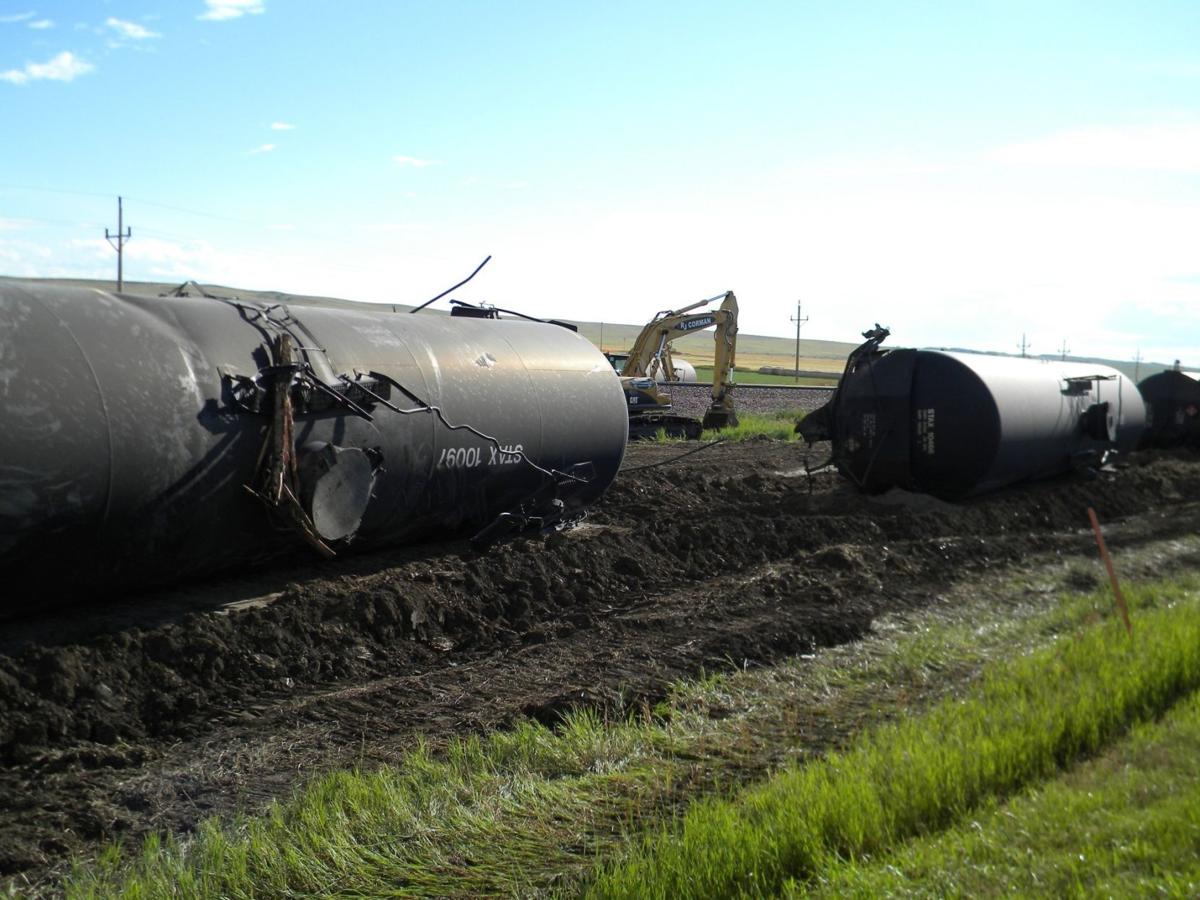Repost from CBC News
[Editor: Note the industry terminology: “the TSB blamed the derailment on “truck hunting,” a term used by people in the industry to refer to the side-to-side movement of wheel sets on a particular freight car. Excessive truck hunting can cause the wheel to lift, potentially leading to a derailment, the TSB said.” – RS]
Wheel issue caused 2014 Brockville CN Rail train derailment, report finds
No one injured in July 2014 incident, only a small amount of aviation fuel lost, report says
CBC News, Nov 05, 2015 1:24 PM ET
A wheel issue caused the derailment of a 26-car CN Rail train near Brockville last summer, according to a report by the Transportation Safety Board of Canada.
Two loaded automobile cars, five cars carrying carbon powder, and 13 cars containing aviation fuel residue were among those that jumped the tracks on July 10, 2014, near Lyn Road and Highway 401, about 115 kilometres south of Ottawa.
No one was injured.
In its report, the TSB blamed the derailment on “truck hunting,” a term used by people in the industry to refer to the side-to-side movement of wheel sets on a particular freight car.
Excessive truck hunting can cause the wheel to lift, potentially leading to a derailment, the TSB said.
In the case of the Brockville derailment, the TSB blamed a combination of factors: the speed of the train, the type of car where the wheel issue manifested itself — a 24-metre-long “centrebeam bulkhead flat car” — and the worn condition of the side bearings.
The train was traveling about 100 km/h at the time of the accident, the report said.
‘Small amount’ of fuel lost
The derailment stirred memories of the tragic Lac-Mégantic rail disaster of 2013, in which 47 people died after a train carrying crude oil derailed in the small Quebec community.
Because the fuel cars on the CN train that derailed near Brockville were mostly empty, only a “small amount of product” was lost, the TSB said Thursday. Still, the damage to the fuel cars was consistent with what had been observed in previous accidents, the safety board said.
“The potential for catastrophic environmental impacts and loss of life remains, thereby reinforcing the need for improved tank car design standards,” said the board.
Since the accident, CN has upgraded all of the flat cars in their fleet similar to the one where the wheel issue occurred and has introduced new speed restrictions on those cars, the TSB said.


